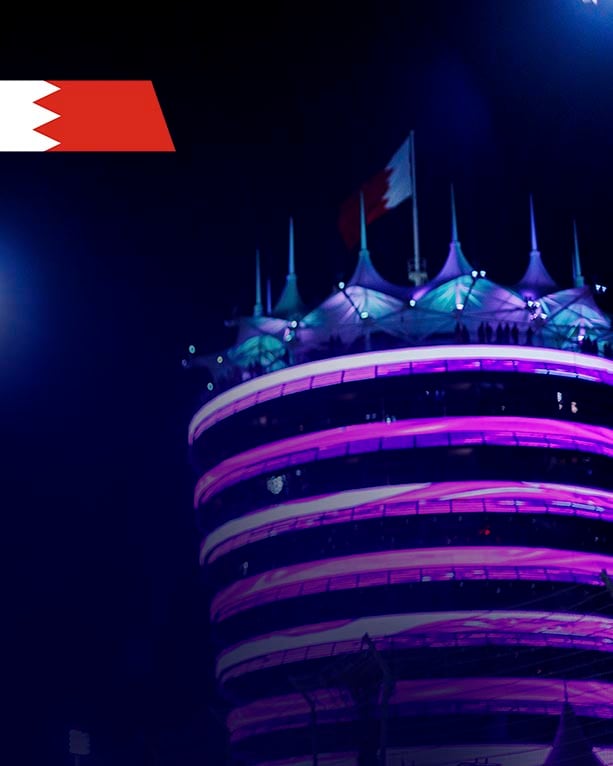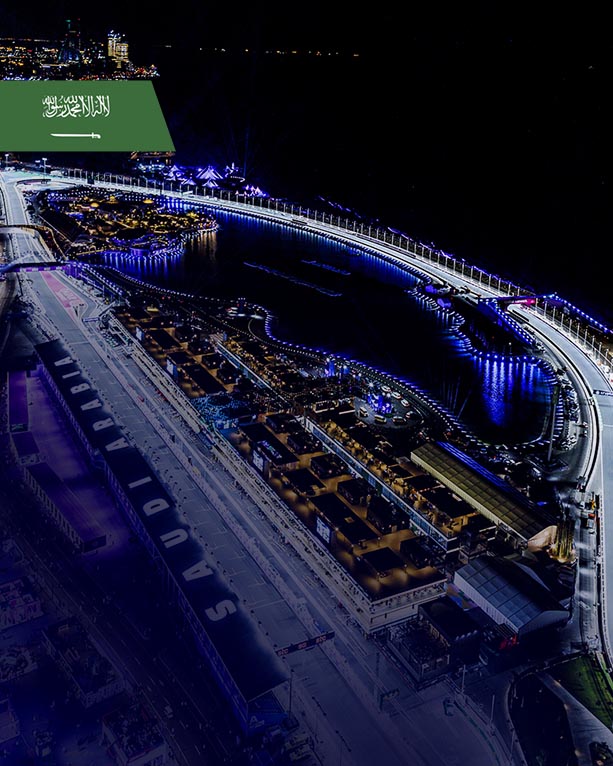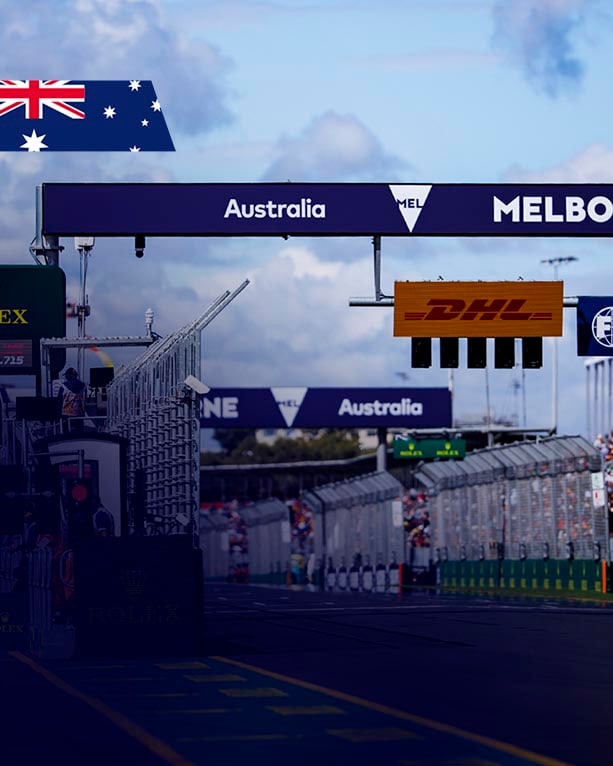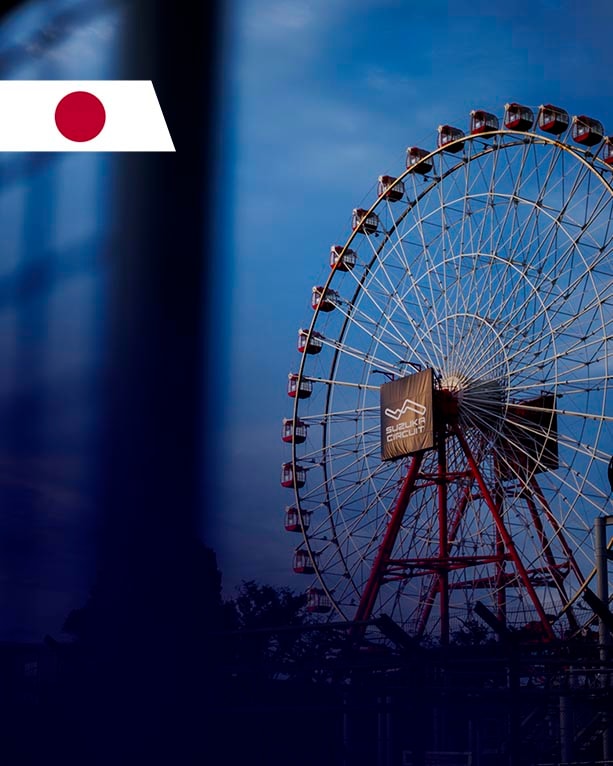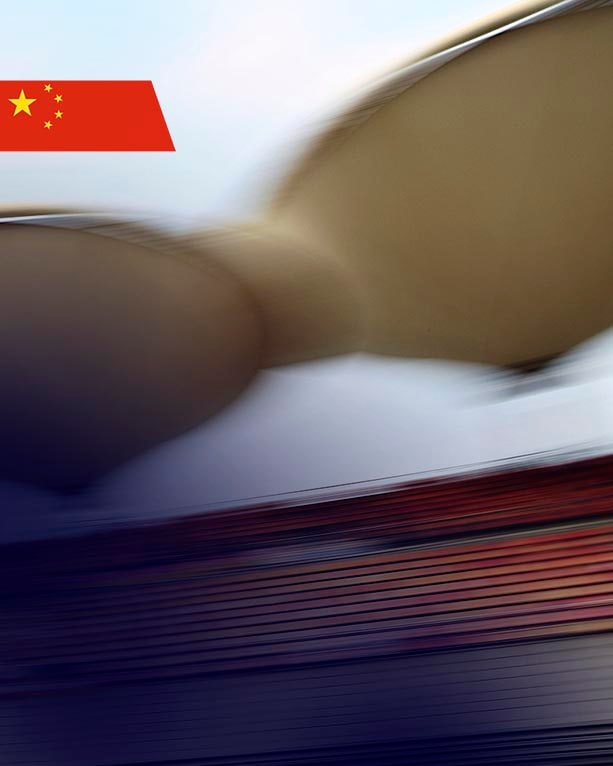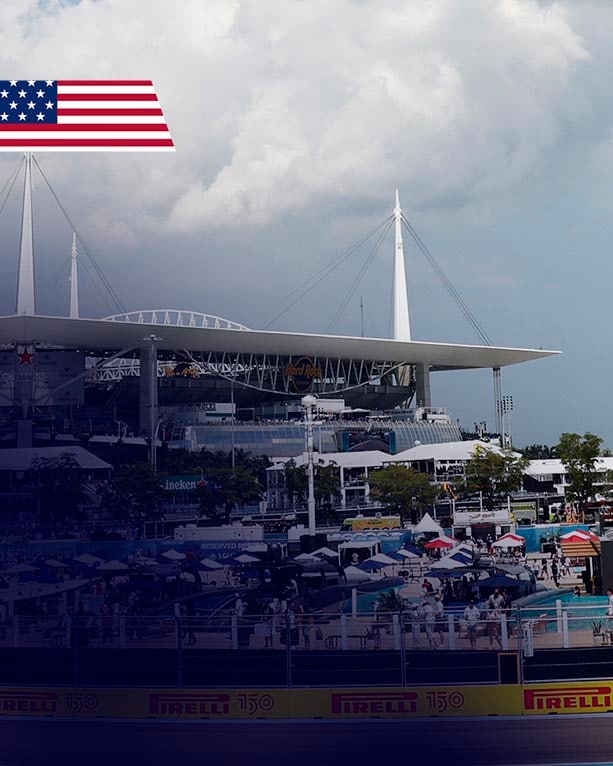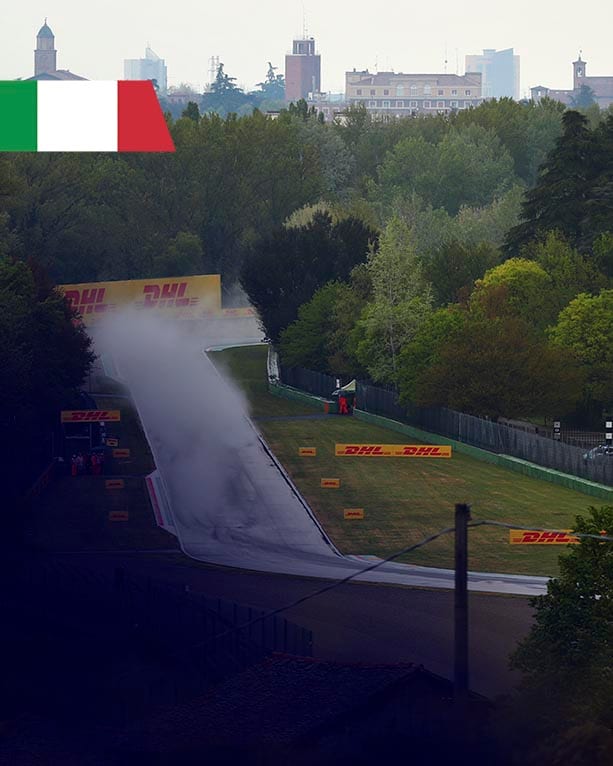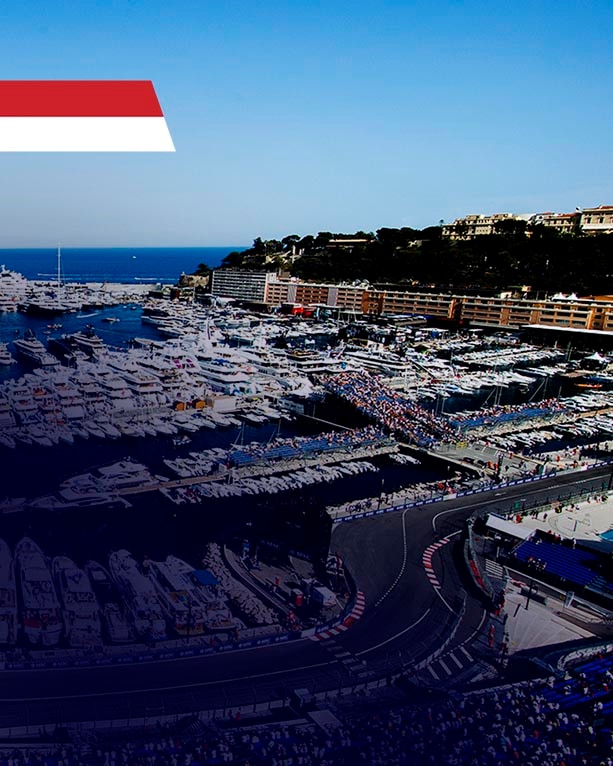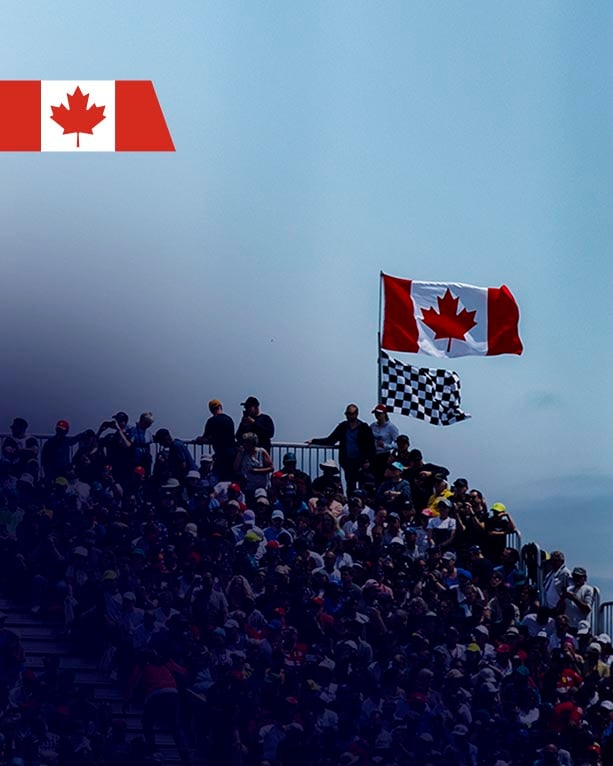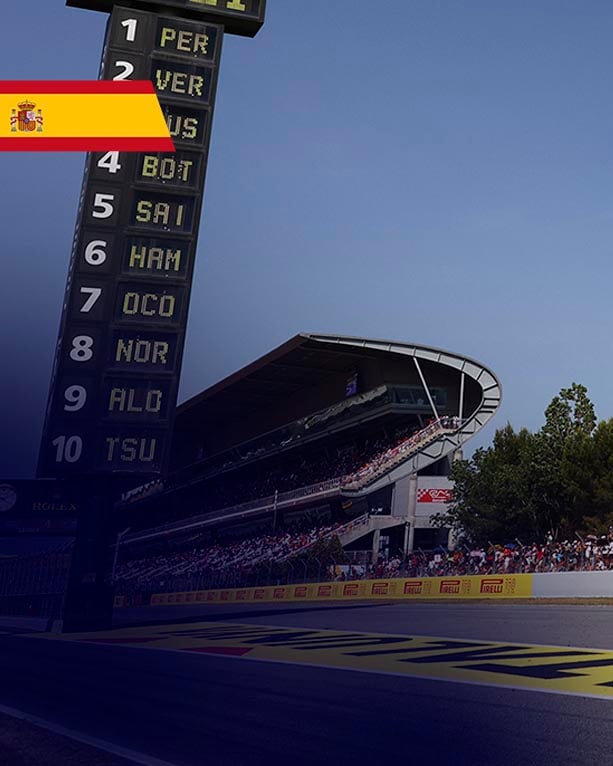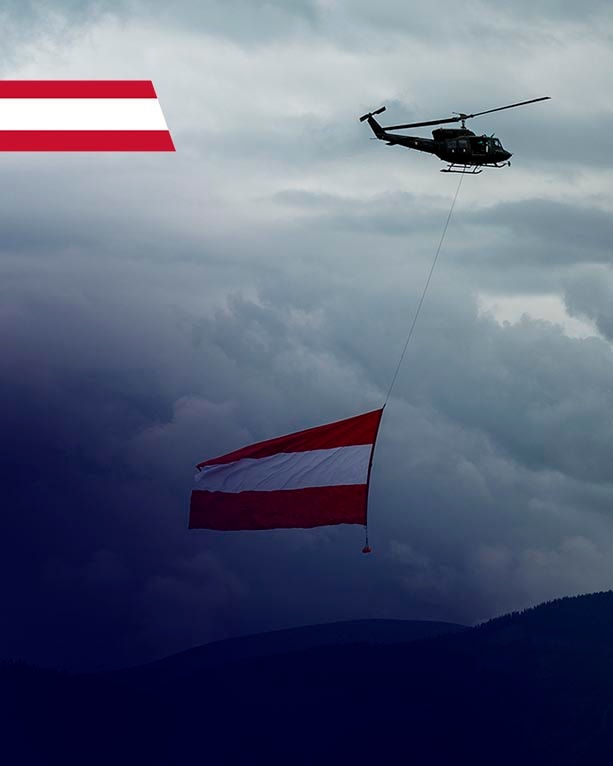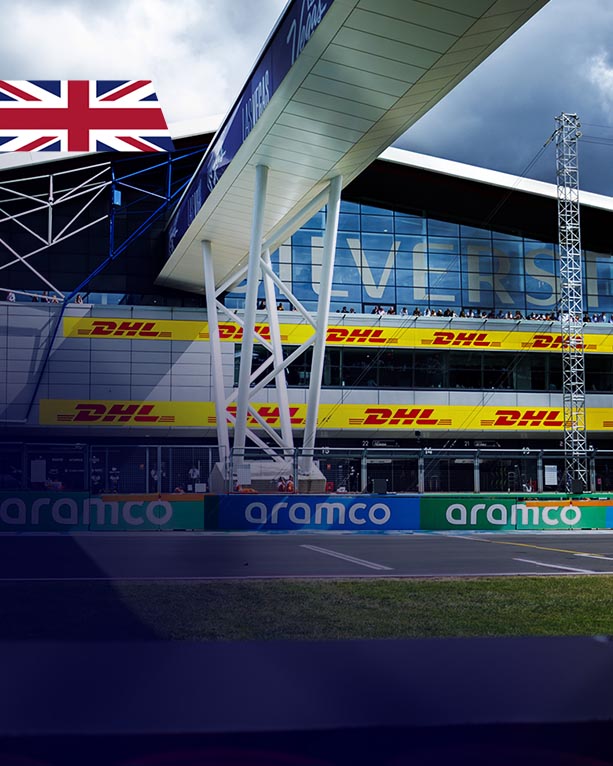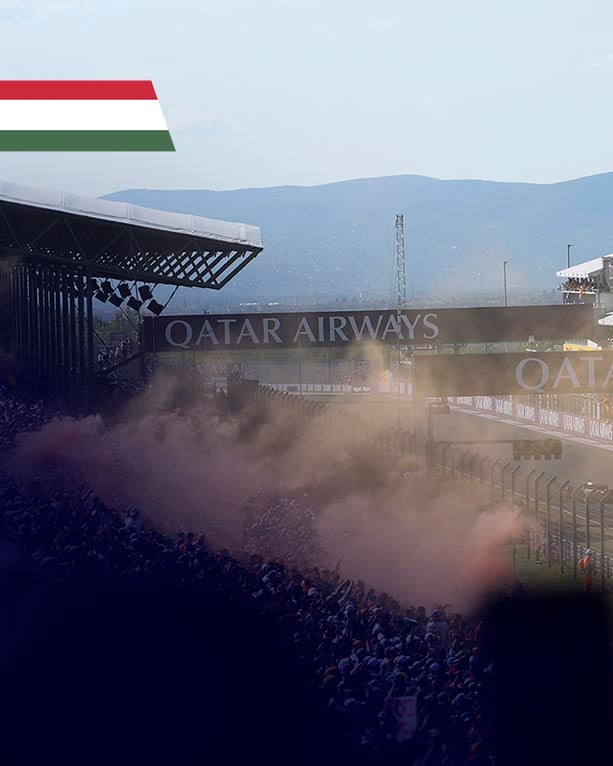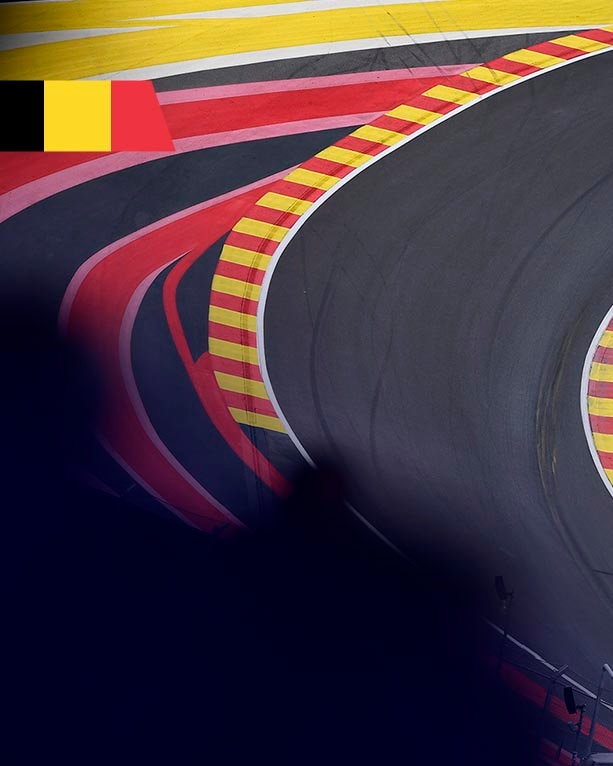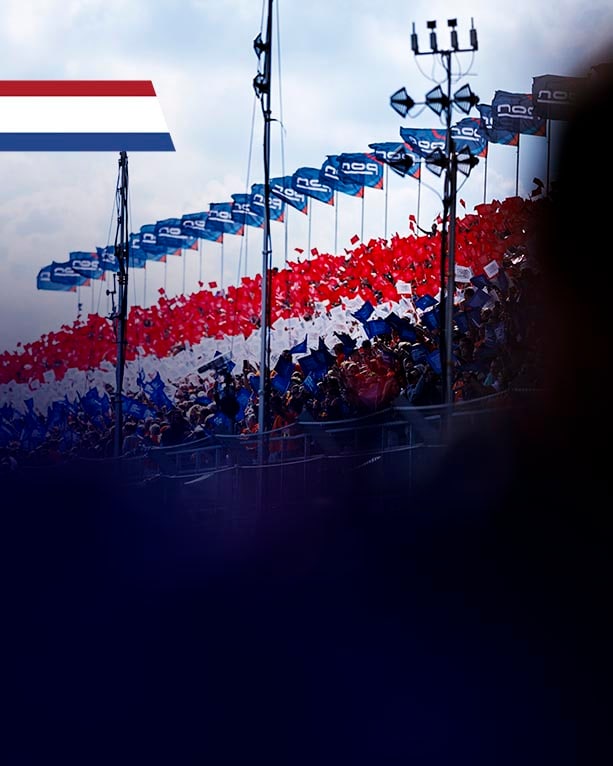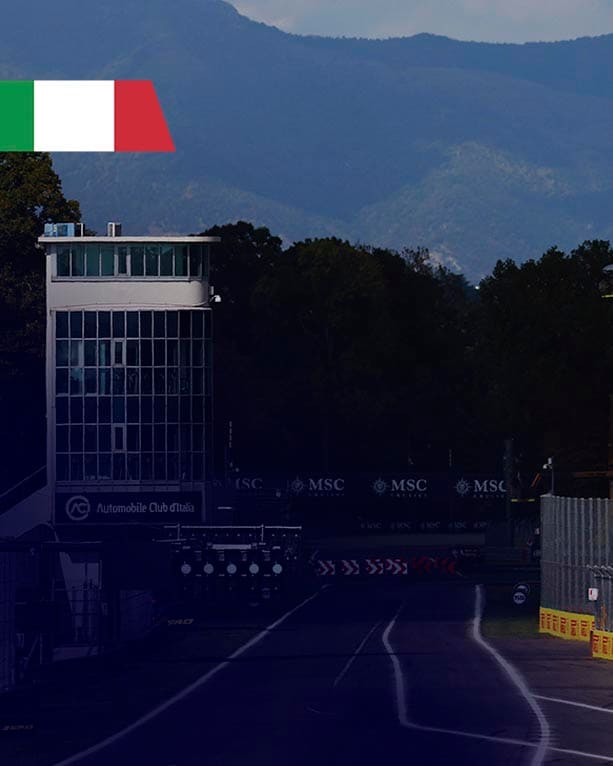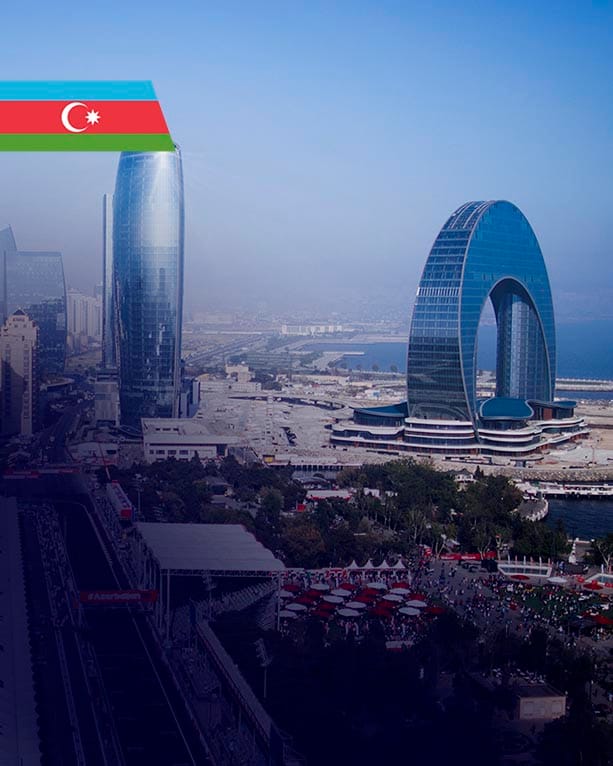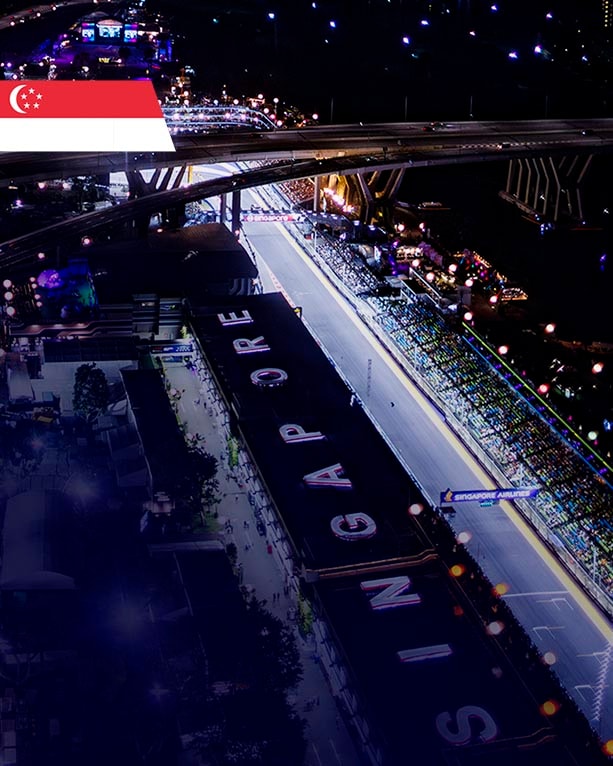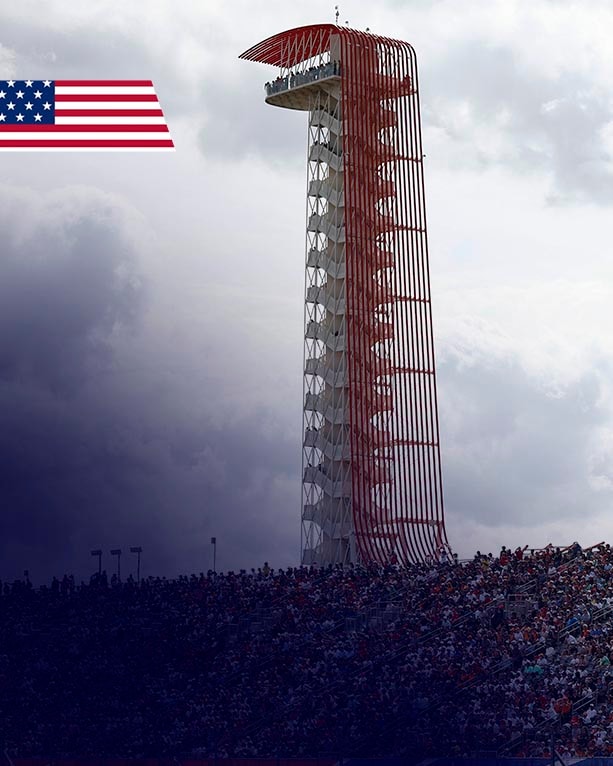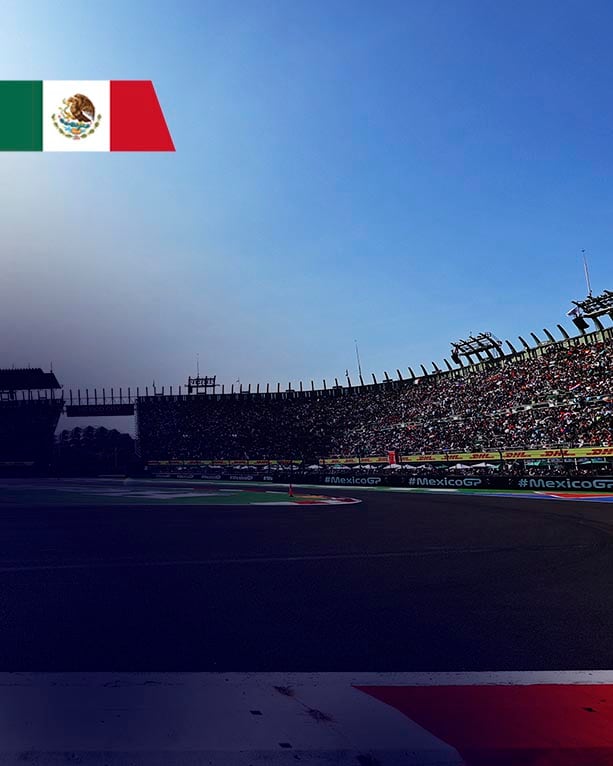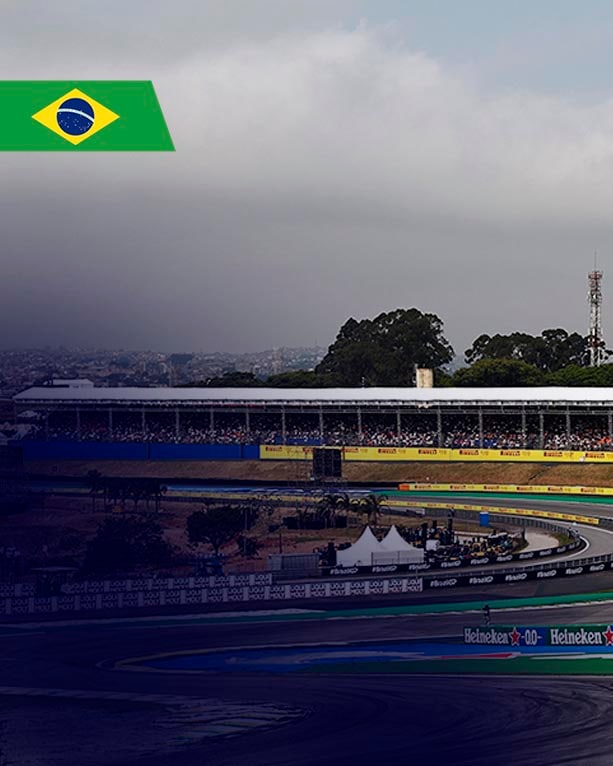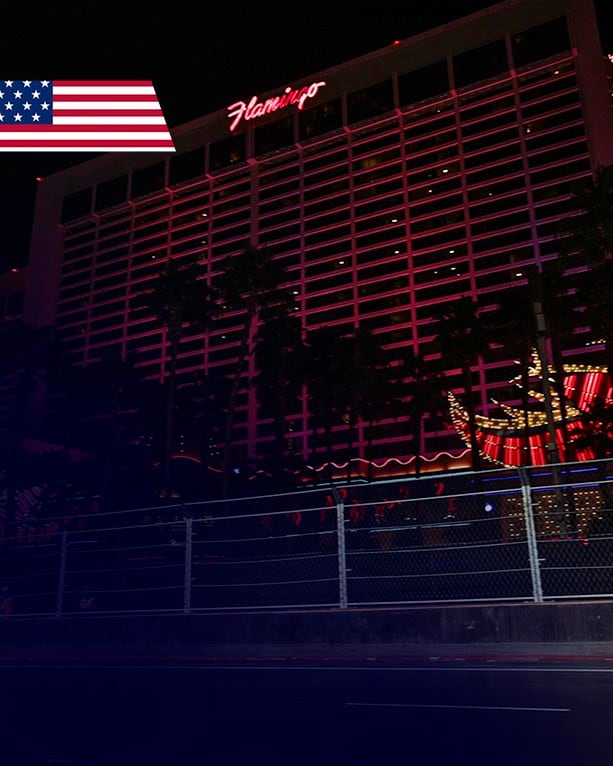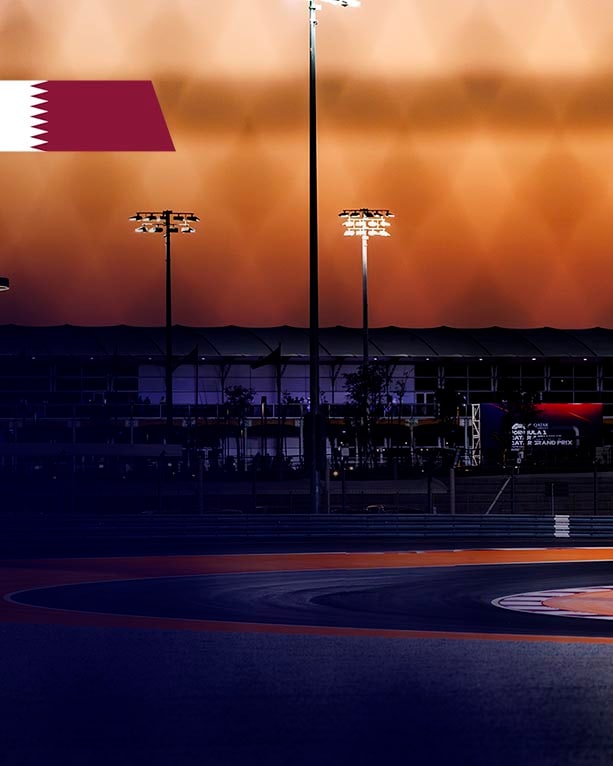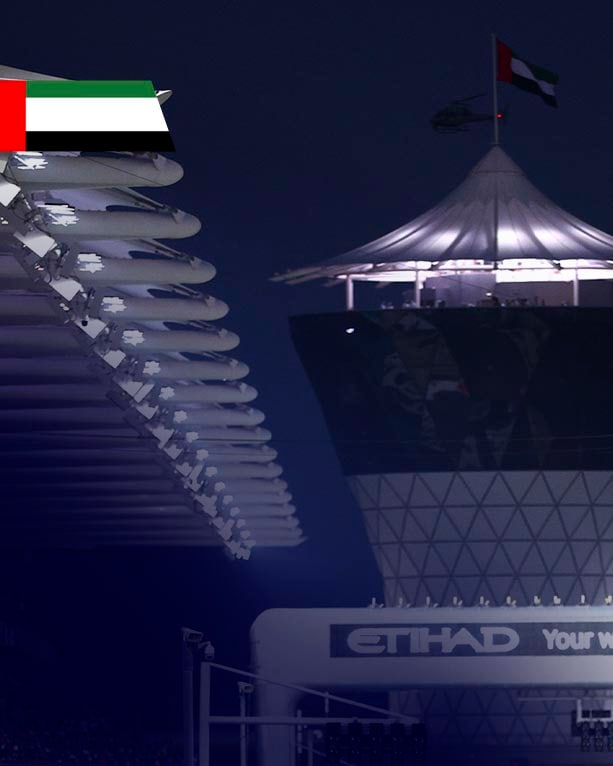BELGIAN GRAND PRIX
CIRCUIT DE SPA-FRANCORCHAMPS - SPA-FRANCORCHAMPS
SPA-FRANCORCHAMPS
Flat out through the forest
The idea of racing along the roads linking several villages in the Ardennes dates back to 1920, the brainchild of Jules de Thier and Henri Langlois van Ophem. Their vision resulted in a 15 kilometre track where the driver’s courage was as important as the power of his engine! Today, Spa-Francorchamps is about half the length of the original, but at 7 kilometres, it is still the longest on the F1 calendar.
Heritage
Formula 1 has always been keen on the attractions of Spa-Francorchamps, which is why the Belgian Grand Prix is one of just seven events that featured in the very first year of the World Championship in 1950. On that occasion, it was an Alfa Romeo one-two, with Juan Manuel Fangio leading home team-mate Nino Farina.
Eau Rouge-Radillion
There are plenty of famous corners in the F1 portfolio, but this left-right-left uphill section is regarded as the most iconic piece of race track in the world. As car technology improved, it could be taken flat out in a Formula 1 machine. But as from 2022, it has undergone a change, its entry being moved slightly to the left, restoring a bit more of the old challenge to Eau Rouge.
